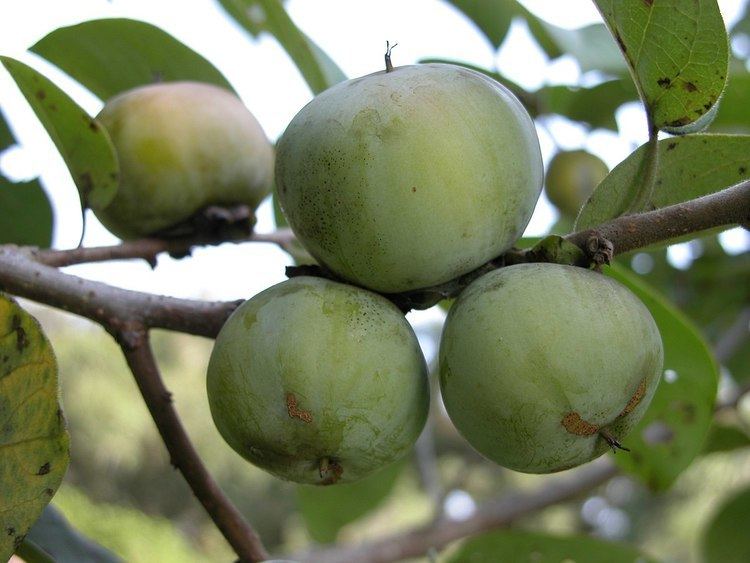 | ||
Evolutionary anachronism is a concept in evolutionary biology, named by Connie C. Barlow in her book The Ghosts of Evolution (2000), to refer to attributes of living species that are best explained as a result of having been favorably selected in the past due to coevolution with other biological species that have since become extinct. When this context is removed, said attributes appear as unexplained amounts of energy investments on the part of the living organism, with no apparent benefit extracted from them, and can even be perjudicial to the continued reproduction of the surviving species. The general theory was formulated by Costa Rican-based American botanist Daniel Janzen and University of Arizona-based geologist Paul S. Martin (a prominent defender of the overkill hypothesis to explain the Quaternary extinction event) in a Science article published in 1982, titled Neotropical Anachronisms: The fruit the gomphotheres ate. Previously in 1977, Stanley Temple had proposed a similar idea to explain the decline of the Mauritius endemic tree tambalacoque following the extinction of the iconic dodo.
Contents
Janzen, Martin and Barlow mainly discussed evolutionary anachronisms in the context of seed dispersal and passive defense strategies exhibited by plants that had evolved alongside disappeared megaherbivores. However, some examples have also been described in animal species. John Byers used the name relict behavior for animal behavior examples. Evolutionary anachronisms, as properly understood, should not be confused with examples of vestigiality. Though both concepts refer ultimately to organs that evolved to deal with pressures that are no longer present today, in the anachronisms case, the original function of the organ and the capacity of the organism to use it are still retained intact (e.g. the absence of gomphotheres to eat avocados doesn't make the avocado's pulp in any way vestigial, rudimentary or intrinsically incapable of playing its original function of helping disperse the avocado's seeds through zoochory, were a new suitable ecological partner to appear; while a true vestigial organ like the python's pelvic spurs cannot in any way be used to walk again).
Megafauna dispersal syndrome
Dispersal syndromes are complexes of fruit traits that enable plants to disperse seeds. The kind of fruits that birds are attracted to are usually small, with only a thin protective skin, and the colors are red or dark shades of blue or purple. Fruits categorized as mammal syndrome are bigger than bird fruits. They possess a tough rind or husk, emit a strong odor when ripe but retain a dull coloration of brown, burnished yellow, orange or remain green, because most mammals have a powerful sense of smell but generally poor color vision, with primates being the most notable exception. The megafauna dispersal syndrome refers to those attributes of fruits that evolved in order to attract megafauna (animals that weigh or weighed more than 44 kilograms) as primary dispersal agents. Since the Holocene extinction, large herbivores have become extinct outside Africa and to a lesser extent Asia, leaving these fruits without a suitable dispersal mechanism in the absence of agriculture.
